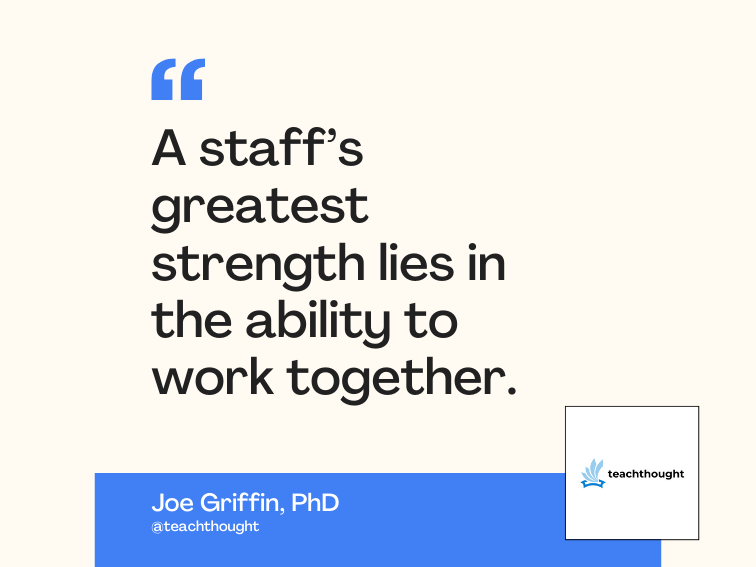Conserve energy with your PDA
Innovative control of home appliances through J2ME
June 7, 2001— With rolling blackouts in California and high energy prices spreading all over the US, the time for technology to help control your energy costs has arrived. At JavaOne 2001, a session and a pavilion demonstration shows how you can make energy-conservation technology a reality. On Wednesday, Echelon Corp. hosted the “Home Appliance Control Using J2ME Technology on a Wireless PDA” session, while Sun’s Connected Den in booth 333 on the show floor hosts ongoing demonstrations of PDA-controlled power using Echelon’s and other vendor’s systems.
Home-appliance control session
In the conference’s technical session, Echelon’s Samuel Yang and Amanda Ge described the architectural principles involved in developing applications that use a personal digital assistant (PDA) or mobile information device (MID) to control other devices. Yang highlighted three approaches to design, demonstrating two of them.
The session started with a terminology introduction for J2ME developers and sensor users, describing the differences between the basic device frameworks that you can use to control devices remotely. Yang also described the Open Services Gateway Initiative (OSGi), which delivers software services over a wide network to service gateways connected to local networks and devices, essentially connecting a lamp, thermostat, or toaster to the Internet.
The early portions of the session focused on the three possible device-control architectures. Model one is a three-tier architecture that relies on connecting the client (PDA) over the Internet to a control network server, which, in turn, connects to a services gateway that controls the devices. The second model is strictly two-tier, connecting the client devices directly to the services gateway. Model three relies on a servlet to connect the client to the gateway, but supports a thin client and can be used through any browser.
Yang went on to mention that while the three-tier architecture is the most flexible and sounds like the best way to go, it has drawbacks as well as benefits. While it can support live updates through a continued connection, it doesn’t scale well if you need to support many clients. And given that clients aren’t meant to be continuously on the Net, this architecture isn’t realistic for a PDA-type device. You also may not want to provide someone with direct access to a device like an air conditioner, where control should go through a more tightly monitored access controller. Of course, the three-tier architecture doubles the lag time as multiple connections must be made through the Internet, one in each direction from the client to the controller, and then two more between controller and the services gateway.
You can actually test the demonstrations offered by Yang and Ge (see Resources). The test involves controlling some devices located at the Echelon headquarters. Feel free to control window blinds, a wall lamp, a five-way desk lamp, and a light above a picture. Additionally, a three-in-one sensor provides information like light and temperature level and room occupancy; however, you can’t directly change the information through the sensor — you can only do so by adjusting the other devices.
The two demonstrations essentially did the same thing over a Palm V: changed the lighting in the room. However, the presenters used different models — the first and third architectures described above. You could see the live updates from a continuous connection in model one and notice a considerable speed improvement in model three, but without the live updates. Since the demonstrations were available to anyone, several audience members took it upon themselves to alter the lighting status during the presentation.
What’s popping in the Connected Den?
If you notice the smell of popcorn on the show floor, it’s probably the microwave in the Connected Den. This and other appliances are being remotely controlled through the home control center, offering power management features, home monitoring features, and push music control, all through a browser or wireless device. The basic controller is an iPlanet-based system in-house, while the controlling is done through a PDA or other device.
The device management provides control through remote access of simple things like the lights and thermostat. In addition, the Echelon system can control more advanced devices like a special microwave and entertainment system. Alone, this may sound like nothing too new, but all the systems are tightly integrated through a power management console that lets you configure limitations in the power output so that you don’t exceed billing thresholds, triggering higher rates if you have multiple high-energy appliances powered simultaneously. For instance, the system might lower the lights or the heat output while the microwave is running to keep the energy output down.
Xanboo’s home monitoring system is even more interesting, especially for those who have children or just want to see who’s knocking at the door. Through a specialized set of cameras connected to the Net through a Xanbox, you can check on the babysitter or, more important, your baby. (In the Connected Den the cameras only watched over show participants, however.) With the sensors, you can even check to see if you left the garage door open. It only costs about 50 to get you started.
Theory becomes reality
Between the session and the den demonstration, the reality of remotely controlling devices in your house over the Internet is clearly here. Through the proliferation of devices like Palms and Compaq iPAQs, controlling them through a wireless PDA is also now an option. For those interested in the technology, be sure to stop by the Connected Den to see things for yourself.




